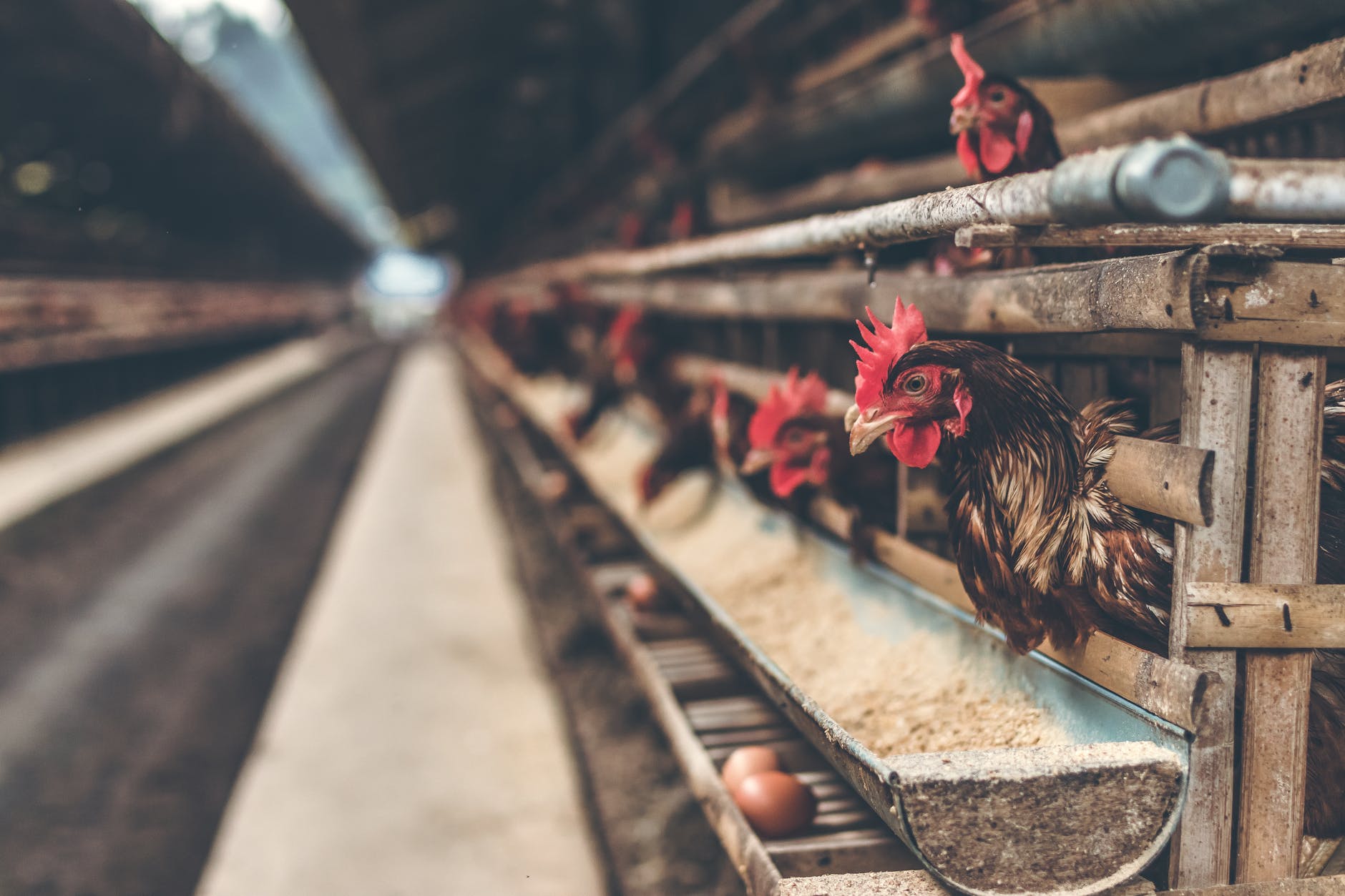Starting an egg production layer farm can be a very profitable business. Eggs are a vital ingredient in most households and are consumed all around the world.
You can easily start an egg production layer farm with chickens, but for larger-scale production, you would need to invest in some good quality layer chicken breeds that produce high number of eggs early on.
In this post we share 10 tips on starting an egg production layer farm:
1. Get Good Quality Layers
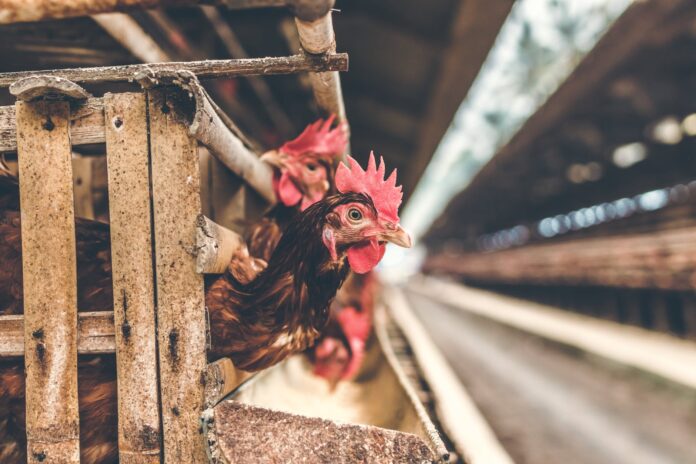
Your first and foremost requirement for a good small-scale layer farm is to get good quality layers from reputed hatcheries and good poultry egg production equipment.
Ensure the age of your hens at the time of purchase is less than 28 days so that they start laying within 60-70 days. Along with the best breed, you should also consider getting vaccinated birds. Ensure vaccination against diseases such as Infectious Bronchitis (IB), Newcastle disease (ND), etc., which are most prevalent among poultry farms in Asia-
2. Space Requirements
A healthy chicken will require around 1-2 sq ft space per bird depending on breed and size.
Your pen should be such that it provides your birds with enough space to walk around and should provide them protection from other predators such as dogs, cats, etc.
3. Nesting Space
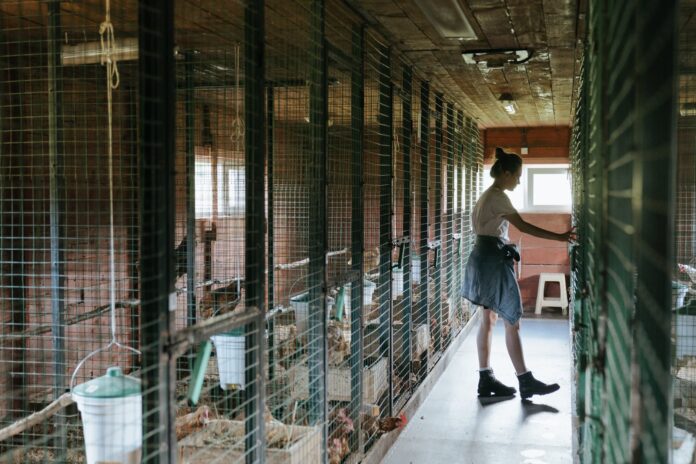
Nesting is one of the most important requirements for layers so ensure you have sufficient nesting area in your pens. The nesting area should be comfortable and well-protected. Your hens will be happy if the nests are closer to each other so that they can share their sitting areas.
4. Water Supply
The nests should be comfortable and enclosed and should be accessible to hens without any difficulty. The size of the nest box will depend on the number of birds you keep in a pen, but generally, 1-2 sq ft per bird is recommended for extensive layer farming while up to 50% more space can be given for an intensive system of egg production. Your layer farm pen should have provision for fresh drinking water at all times. The humidity in the feed/forage area should be around 75 percent while that of the water area should be 10-20 percent.
5. Feed Requirements
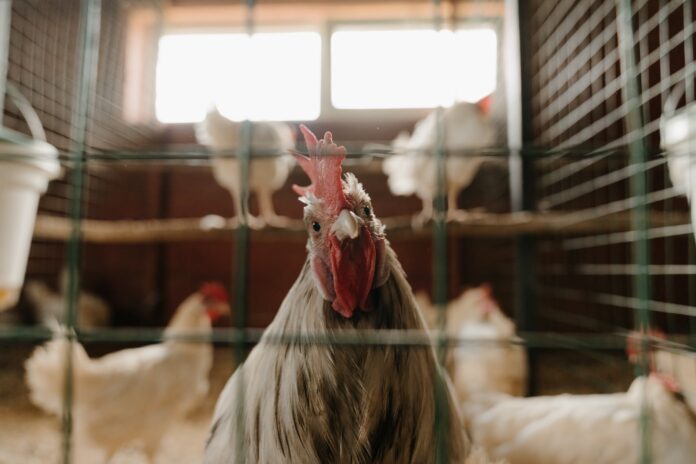
Layer hens require good quality feed which comprises 11-15 percent protein for optimum egg production. The feed should be of a particular shape and size so that hens can easily access it. Ensure the right type of feed is given to your birds like different types of egg layers have different needs for feed.
6. Shelter for Birds
You can manage with a roof, but a hen house with a predator-proof yard is preferable. Any building or structure you erect for your layer farm must have a ramp and a fully covered yard. Where there are no trees around, you can use a shade net to protect your birds from direct sunlight.
7. Predator Protection
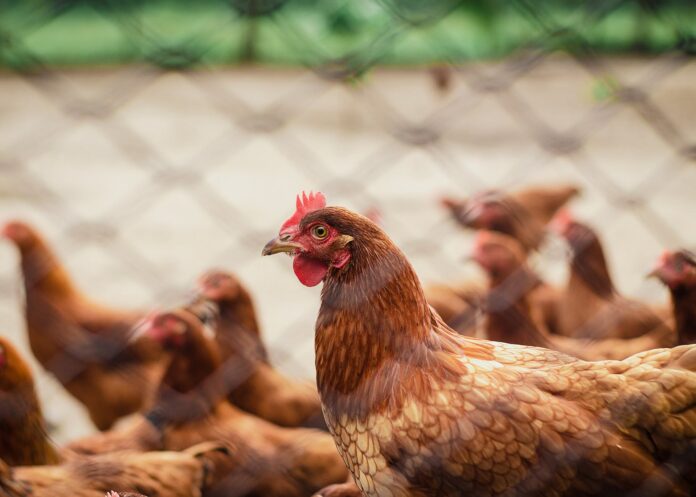
Intensive layer farms should have closed buildings with predator-proof fencing around them for protection of the birds from carnivores like dogs, cats, foxes, etc. Herders or dairy.
8. Lighting requirements
Hens require 14-16 hours of light per day during peak egg production season, i.e., from March-July so ensure you provide them with adequate lighting facilities in their pens.
9. Incubator
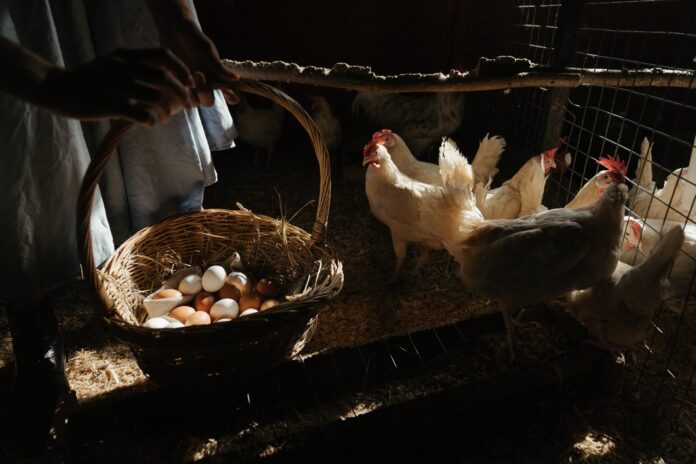
To produce day-old chicks, you must have an incubator for hatching eggs. You can either buy or build one yourself depending on your budget and requirements. For a small-scale layer farm, you have to decide whether it will be an incubator for producing broiler breeders only or will be an automatic system that can hatch eggs of different breeds.
10. Marketing Your eggs
Ensure you have an arrangement for marketing your eggs. You can sell them locally, to shops or directly to clients.
You will be able to find several poultry farms that are willing to buy day-old chicks from you along with hatching eggs if you want to raise only broiler breeders. Some of the places where you can sell your birds are veterinary clinics, pet shops, etc.
11. Flock dynamics
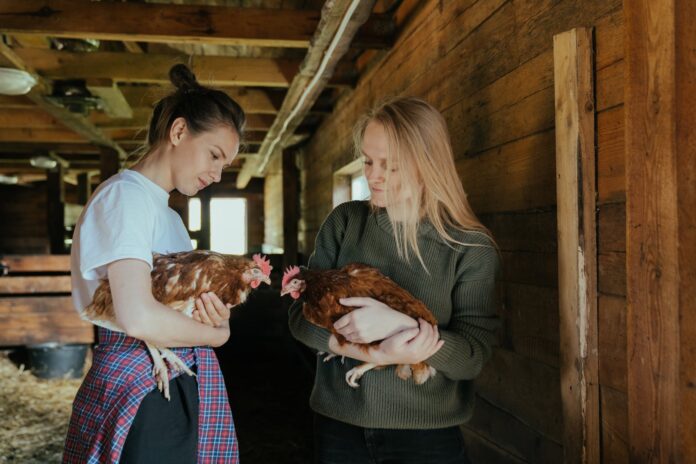
The age and size difference among your flock will affect their behavior, so ensure you place only those birds which are close to the same age and weight together as larger or smaller sized birds may not get along well with others, resulting in cannibalism.
12. Health Management
Ensure you keep a close eye on your birds for any health issues as removing sick or diseased birds from the flock will help reduce the spread of diseases and increase the productivity of healthy hens.
13. Culling policy
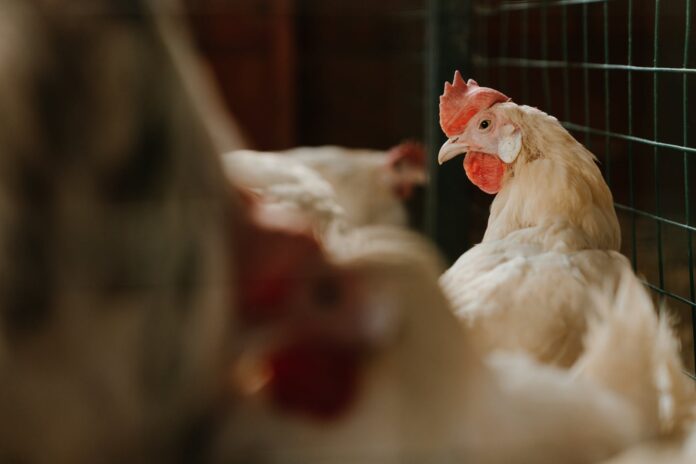
Culling refers to the removal of old, injured, or unproductive chickens from a flock and should be done on a regular basis depending on your preference on the age at which a layer hen is no longer productive. If you have decided to purchase your birds from outside it might be necessary to invest in proper transportation facilities so that the birds survive the journey without much stress.
14. Breeds
Different breeds of hens have different productivity levels, egg colors, and weight so you should select the breed based on your area’s climate, feed quality, availability of labor etc.
15. Feeding Behavior
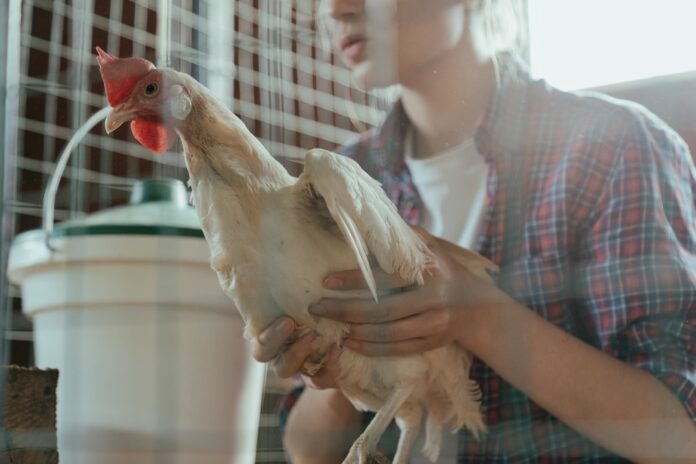
Hens start feeding on right side of their beak so space them accordingly to avoid injury during feeding. Different types of layer hens have different dietary requirements so ensure you feed them accordingly. A mash diet with 17-20 percent protein for heavy breed layers, 16-18 percent protein for medium breed layers, and 15-17 percent protein for light breed layers is recommended.
Conclusion
Nowadays, there are several poultry farms that you can visit for getting information on how to set up a layer farm especially if you want to start an egg production business in your locality. However, take your time and thoroughly research all aspects of such a project before taking the final decision.

